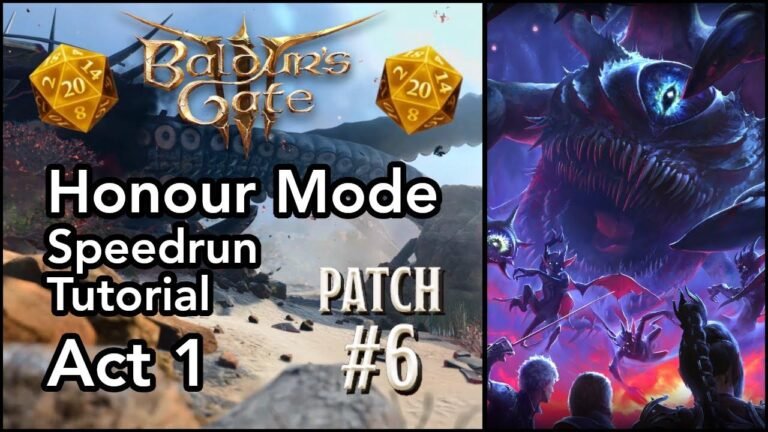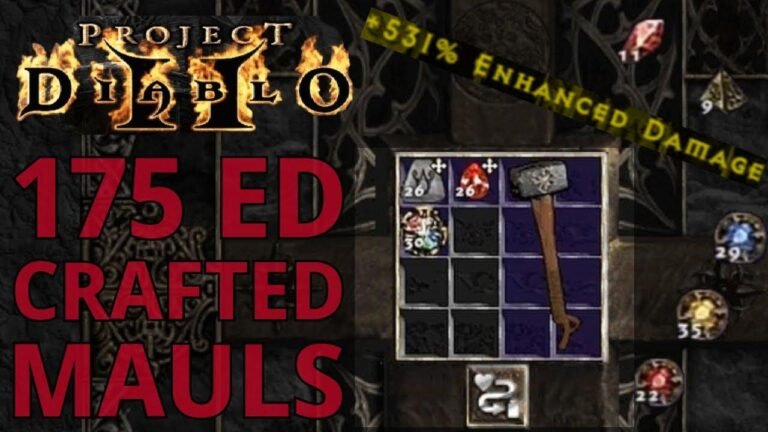The text revolves around the gameplay experience of an AI-controlled Druid character on the first day of playing Diablo 2. Throughout the gameplay, the AI engages with the game's environment, interacts with non-playable characters (NPCs), and uses various in-game mechanics. The AI's exploratory actions and responses to in-game stimuli are highlighted, reflecting the dynamic and immersive nature of the game.
Inhaltsübersicht
| Wichtigste Punkte |
|---|
| AI Interacts with the Game World |
| Development of AI Gameplay on Day 1 |
| Potential of AI in Gaming Explored |
Interaction with In-Game Characters and Environment
The AI Druid enters Diablo 2, engaging with the game's environment, greeting NPCs, and exploring the surroundings. As the Druid traverses the landscape, reactions like greetings and acknowledgments are made, depicting a world alive with activity and opportunity.
Through its actions, the AI demonstrates an understanding of game mechanics, such as managing resources like mana and health. Encounters with enemies warrant strategic decisions that the AI, equipped with pre-programmed algorithms for decision-making, must navigate.
Adapting to the Game’s Challenges and Encounters
The AI encounters various game situations – from browsing items at a shop to strategizing for combat. This suggests that the AI is learning and adapting to the game's mechanics over time, optimizing its approach as it goes.
| Herausforderungen | Strategies Implemented by AI |
|---|---|
| Managing Limited Resources | Utilizing in-game items |
| Engaging with Enemies | Formulating Attack Strategies |
| Navigieren in der Spielwelt | Exploring Different Game Areas |
The Role of NPCs in Shaping the Gameplay Experience
NPCs serve as vital components of the AI's journey, providing quests and trading items. The Druid's interactions showcase how NPCs can influence an AI's gameplay, potentially altering the AI's course of action.
Regular conversations with NPCs and acceptance of quests demonstrate the AI's engagement with the game's story and objectives.
Evolving Gameplay as the AI Learns and Adapts
As the AI Druid progresses, its gameplay evolves, reflecting a learning curve where it becomes more adept at handling the game's challenges.
Whether it's mastering the use of Druid-specific powers or interacting with the game environment, the AI's learning process is critical to its progression.
Exploring the Abilities and Limitations of AI in Gaming
The gameplay narrated indicates the potential of AI to create dynamic and unpredictable gaming experiences, where the AI makes decisions on its own.
| Questions to Consider |
|---|
| What are the limits of AI in gaming? |
| How might AI change game development? |
| Can AI lead to more immersive games? |
Assessing the Implications for Player Experience
The AI-driven gameplay gives insights into how player experiences can be tailored through AI, offering unique and individualized challenges.
Implementing AI in games like Diablo 2 prompts game designers to consider AI's role in enhancing gameplay and creating engaging content for players.
| AI's Impact on Game Design |
|---|
| Creates New Player Experiences |
| Pushes Boundaries of Game Complexity |
| Invites Innovative Design Approaches |
Can AI effectively play complex games like Diablo 2?
Yes, AI can be programmed to understand and navigate complex game environments.
How does AI interaction with NPCs affect gameplay?
AI interactions with NPCs can influence game progression, quests, and storylines.
























